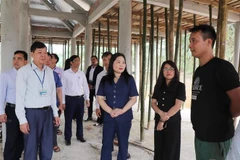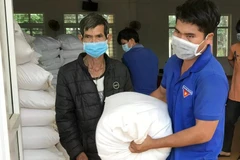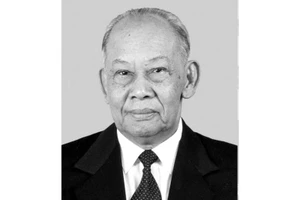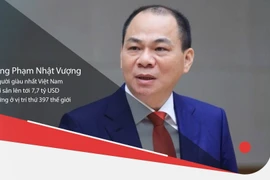Theregion, comprising Kon Tum, Gia Lai, Dak Lak, Dak Nong, and Lam Dongprovinces with 45 percent of total population being ethnic minorities,is forecast to be home to 5.5 million people in 2015 and 6 million in2020, accounting for 6 percent of the nation’s population. Of thosefigures, people of working age will number around 3.6 million next yearand 4 million in 2020.
About 857,000 people are expected toreceive training between 2011 and 2020, raising the number of trainedlabourers to 1.3 million in 2015 and 1.7 million in 2020, making up 41percent and 50 percent of the workforce, respectively.
During theperiod, the region plans to focus on training personnel for spearheadsectors such as hydropower industry, mining, agricultural and forestryproduct processing, and coffee, rubber, cocoa, and cashew industries. Itwill also improve local workers’ capacity in finance-banking andtourism sectors.
To such ends, each province needs to have atleast one vocational college which offers training on two or threevocations meeting ASEAN criteria and three to five satisfying nationalstandards.
The regional localities are also required tore-organise the network of vocational training facilities, procureadvanced equipment, raise staff quantity and quality, and deviseappropriate policies supporting trainees.
A report at theconference read that more than 805,950 people in the Central Highlandssecured jobs from 2005 to 2013, mostly the young in rural areas. Around37 percent of them were trained workers.
Participants at theevent suggested the Government and ministries amend vocational trainingpolicies designed for ethnic minorities, provide more funding for thework, restructure the vocational training system, and give support tovocational training facilities and ethnic minority trainees.-VNA
























